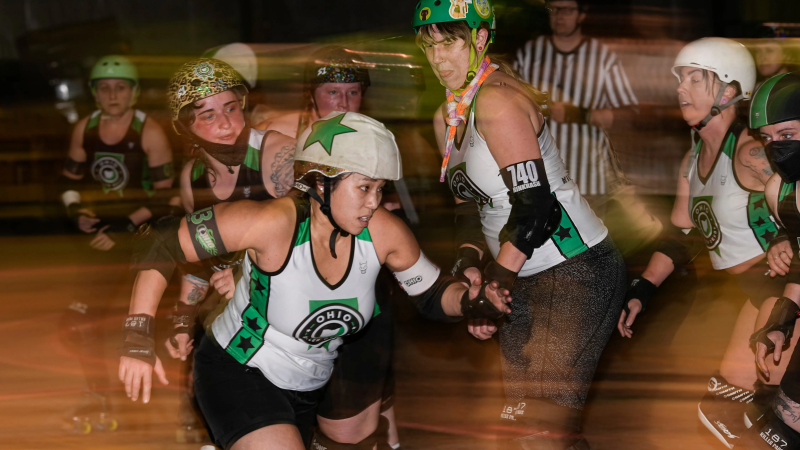Meta announces changes for how AI images will display on Facebook, Instagram
Meta, the parent company of Facebook, Instagram and Threads, announced Tuesday that the company will be increasing transparency on artificial intelligence-generated images as the tech giant prepares the November election.
Meta plans to start labeling AI-generated images with note saying “Imagined with AI” to pinpoint photos created with its Meta AI feature, part of a goal to remain transparent with its users, the social media platform said in a blog post.
AI generated images are photographs created by a computer software systems that can appear realistic.
The tech giant said its working with other companies in the industry to form "common technical standards" to better detect AI-generated content.
"Being able to detect these signals will make it possible for us to label AI-generated images that users post to Facebook, Instagram and Threads. We’re building this capability now, and in the coming months we’ll start applying labels in all languages supported by each app," Nick Clegg, Meta’s president for global affairs, wrote in the blog post. "We’re taking this approach through the next year, during which a number of important elections are taking place around the world."
Fake robocalls. Doctored videos:Why Facebook is being urged to fix its election problem.
Steps Meta is taking to identify AI-generated images
When photos are created using Meta's AI feature it will include:
- Visible markers: Messages on users' posts that can be seen on the images.
- Invisible markers: These won't be seen right away, however, invisible watermarks and metadata will be embedded within an image file, the blog post states.
In addition, Meta is working with other companies like Adobe, Google, Microsoft, Midjourney, OpenAI and Shutterstock as the companies implement plans to add metadata to images created by their tools. This will help Meta add invisible markers to images when it is posted to any of its platforms from these sites.
Labels on audio ad video content
While AI-generated content has been popular with photos, it has been very prominent in audio and video content as well. Meta said it is working on strategies to help identify those pieces of content that may be a harder to tell whether it was human- or AI-generated.
"While companies are starting to include signals in their image generators, they haven’t started including them in AI tools that generate audio and video at the same scale, so we can’t yet detect those signals and label this content from other companies." Clegg wrote in the post. "While the industry works towards this capability, we’re adding a feature for people to disclose when they share AI-generated video or audio so we can add a label to it."
Meta is requiring its users to use this disclosure and the label tool when they post digitally altered audio and video content. Users who fail do so will face penalties, the company warns.

Disclaimer: The copyright of this article belongs to the original author. Reposting this article is solely for the purpose of information dissemination and does not constitute any investment advice. If there is any infringement, please contact us immediately. We will make corrections or deletions as necessary. Thank you.







